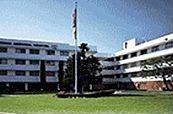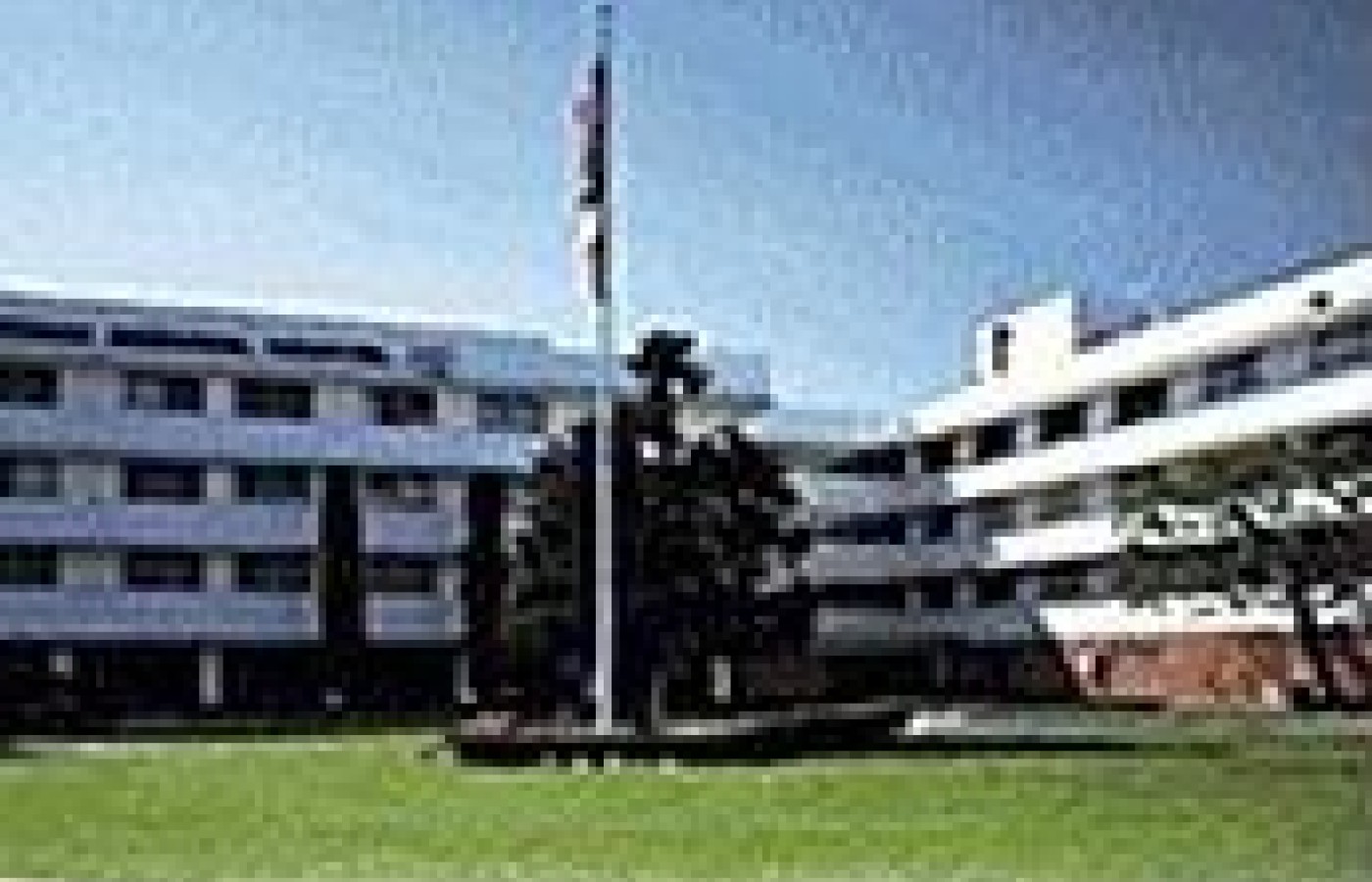Whether you accept it, avoid it or live somewhere in between, insurance coverage has become a defining issue for our profession. Patients increasingly expect to use their benefits, practitioners want to be compensated fairly for their time and expertise, and the system itself remains – at best – fragmented. The encouraging news is that coverage has expanded in meaningful ways. The challenging news is that reimbursement, across the board, remains inadequate.
New Study Suggests Acupuncture Can Improve Recovery, Physical Functioning in Stroke Patients
Nearly five years ago, Emperor's College of Traditional Oriental Medicine received a $40,000 grant from The Center for Integrative Health, Medicine and Research to conduct a pilot study to determine the effectiveness of acupuncture in the rehabilitation of stroke patients.1 The results of that study have been published in the official journal of the American Society of Neurorehabilitation,2 and suggest that acupuncture provides "statistically significant" benefits in physical functioning and recovery when used as an adjunct to conventional stroke rehabilitation measures.
According to the Centers for Disease Control and Prevention, strokes are the third leading cause of death in the United States, and the leading cause of serious, long-term disability in adults. The American Heart Association estimates that between 500,000 and 750,000 strokes occur in the U.S. each year, with approximately 150,000 dying from the stroke itself or from related complications.

The object of the pilot study was to address inconsistencies in the published literature with regard to whether acupuncture improves physical and mental abilities of stroke patients when combined with traditional Western rehabilitation procedures. While some trials have suggested that acupuncture provides no additional benefit in the rehabilitation of stroke patients, other studies have reported that stroke patients receiving acupuncture have demonstrated significant improvements in certain aspects, such as recovery of motor skills and overall physical functioning.
The study was conducted at the Daniel Freeman Rehabilitation Center's inpatient stroke rehabilitation unit in Los Angeles. In the trial, 29 patients who had suffered a stroke within the previous 60 days that resulted in hemiparesis (weakness on one side of the body) were randomized to either a control group or an acupuncture group. The control group received conventional stroke rehabilitation care (consisting of three hours of physical, occupational, and/or speech therapy, six days per week) for the duration of the inpatient stay. The acupuncture group received the same care as the control group, along with an additional 30 minutes of acupuncture therapy, seven days per week, for two weeks during the inpatient stay. Acupuncture was provided by eight licensed acupuncturists who had trained at Emperor's College and had a minimum of one year of clinical experience.
To ensure consistency, a standardized treatment protocol was used among all patients in the acupuncture group. Needles were inserted into specific points on the affected limb. Acupuncture points included Du 20, Du 19, Du 21, UB 7, GB 20, Du 14, Ren 6, Ren 12 and St 25. Supplementary points for the upper limbs (LI 15, LI 11, SJ 5, LI 4, and Lu 7) and lower limbs (GB 31, St 36, GB 34, Sp 6, St 40, St 41, and Liv 3) were selected depending on the patient's condition. Within two weeks of the stroke episode, the acupuncturists added ba feng (an extra acupuncture point), Ren 23 and Ht 5 for aphasia; St 4, SI 18 and St 6 for facial paralysis; and UB 6 and GB 37 for vision problems.
To measure the effects acupuncture might have, the researchers used a tool that assessed aspects of physical performance in a person's upper and lower extremities, along with a functional independence scale that evaluated a person's ability to complete certain activities of daily living without assistance. Patients were evaluated at baseline (within three days of being admitted to the stroke rehabilitation unit) and after being discharged. At baseline and after the completion of the study, evaluations were performed by therapists who were blinded as to the randomization of each patient.
Results
While a general analysis of the data appeared to show no real difference in physical performance scores between patients in the control and acupuncture groups, closer inspection revealed that acupuncture patients experienced "significantly greater" lower extremity motor function compared to the control group. Acupuncture patients also fared slightly better than control patients in terms of lower extremity joint pain.
Other improvements were seen when the researchers compared functional independence scores. While the average score of patients in the control group increased 8.5 points between baseline and discharge, the average score of acupuncture patients increased 11.2 points. In all seven activities of daily living measured on the scale, the average score of patients receiving acupuncture was between .1 and .8 points higher than control patients. The authors noted that "patients who received acupuncture as an adjunct to standard rehabilitation demonstrated significantly greater improvement in tub/shower transfer mobility and a trend for greater improvement in toilet transfer mobility."
| Mean Baseline, Discharge and Change Scores for Functional Independence by Group | ||||||
| Group | Acupuncture | Control | ||||
| Scale (max = 49) | Baseline | Discharge | Change | Baseline | Discharge | Change |
| 15.9 | 27.1 | 11.2 | 19.9 | 28.4 | 8.5 | |
In a discussion comparing the results of the pilot study to similar studies, the authors suggested that the reason previous trials of acupuncture and stroke rehabilitation have produced questionable results is because the tests used to measure acupuncture's effects are often not sensitive enough to detect subtle differences. They noted that while many studies used "global measures" of motor and physical function that showed no real benefit groups of control patients and acupuncture patients, "when subscores of these global measures were used, differences between groups were apparent."
Moreover, the authors reasoned that some tests used to measure the effects of acupuncture may be incompatible with acupuncture's physiologic mechanisms. Most studies have used intentionally selected stroke measurements that are recognized internationally. In the opinion of the scientists, however, "these instruments ... are not reasonably associated with the mechanisms that may account for acupuncture effectiveness."
"This pilot study is consistent with previous studies that have examined acupuncture treatment as an adjunct to conventional acupuncture treatment as an adjunct to conventional stroke rehabilitation," the researchers concluded. "When global measures are used, there are no differences in motor recovery or physical function associated with acupuncture. However, when more responsive measures are used, acupuncture effects are evident. Future work that investigates the efficacy and effectiveness of acupuncture treatment poststroke should incorporate levels of measurement that are sensitive to the physiologic mechanisms that may underlie acupuncture effects."
In a statement to Acupuncture Today, the authors elaborated on the results of their research, and outlined ways that future studies that examine the effectiveness of acupuncture in the rehabilitation of stroke patients should be conducted.
"This study provides important insight into the design of future post-stroke acupuncture clinical trials, particularly the selection of appropriate outcome measures," they wrote. "We believe that one of the problems in past investigations of acupuncture effectiveness after stroke is that outcome measures are used that look at gross changes in motor or functional ability that may be too far removed from the underlying mechanisms that may account for acupuncture effectiveness. Recent studies that are trying to understand the mechanisms that could explain how acupuncture works after stroke suggest that acupuncture induces changes in blood flow to the brain or may stimulate the production of growth factors that can help neurons survive. If that is the case, then studies need to use outcome measures that are more sensitive and can detect relevant changes in motor control that may lead to improved function. Our study demonstrated that when more sensitive measures are used these types of motor and functional changes can be detected."3
References
- Emperor's College receives grant to study acupuncture for stroke rehabilitation. Acupuncture Today, May 2000.
- Alexander DN, Cen S, Sullivan KJ, et al. Effects of acupuncture treatment on poststroke motor recovery and physical function: a pilot study. Neurorehabilitation and Neural Repair 2004;18(4):259-267.
- E-mail from Stanley Azen, PhD, to Acupuncture Today, February 11, 2005.



